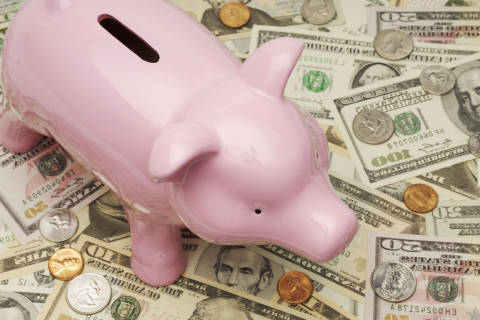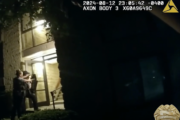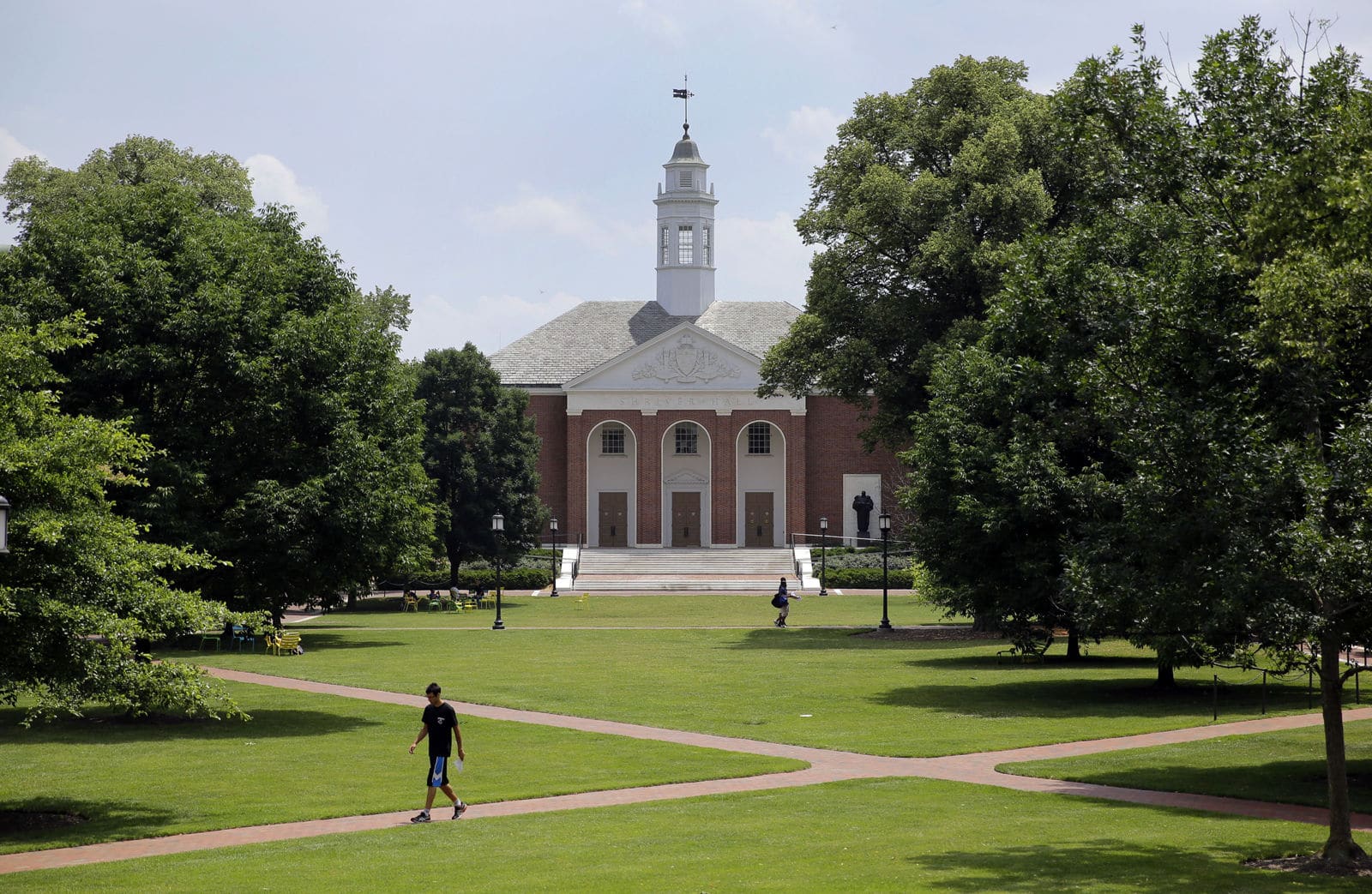
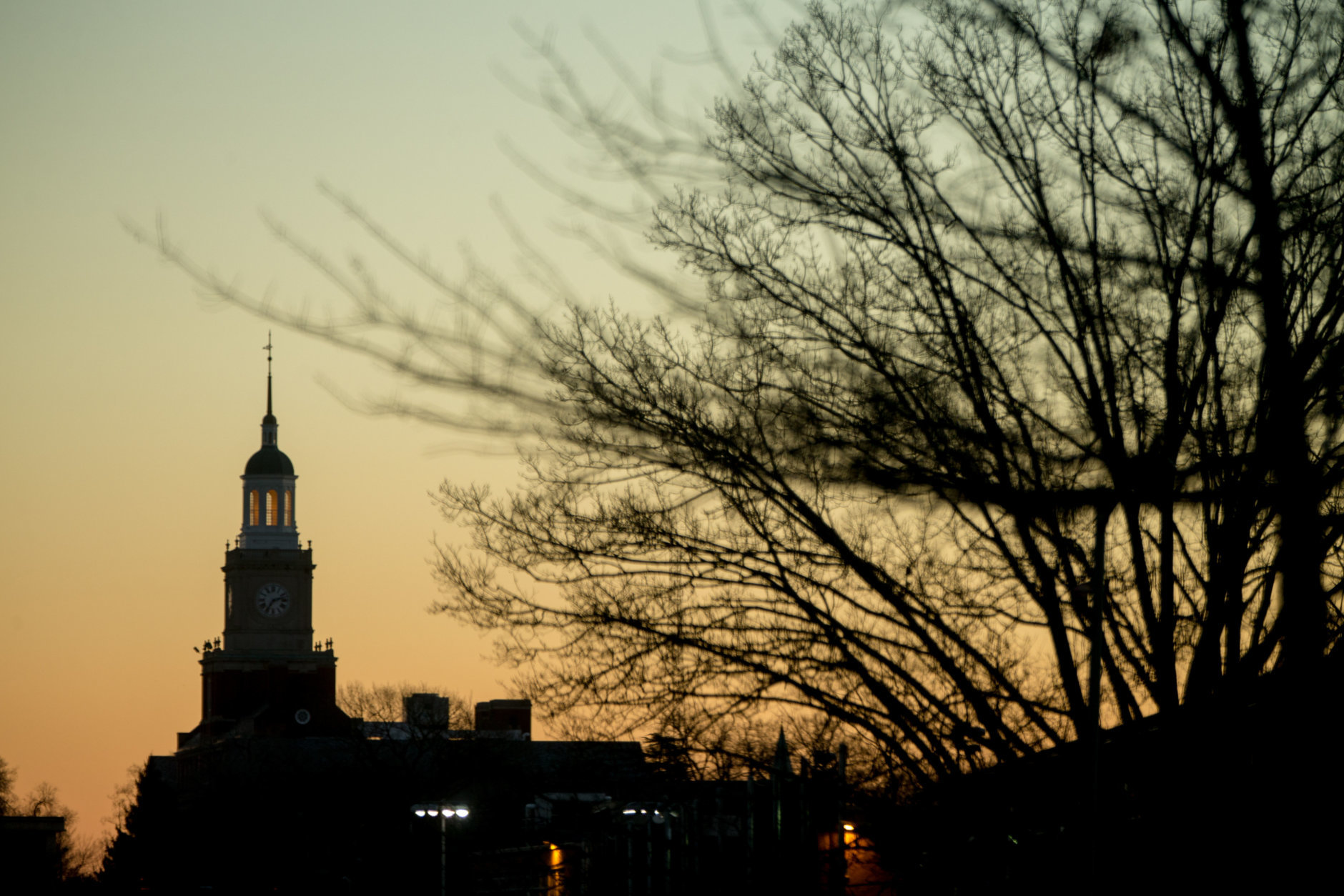
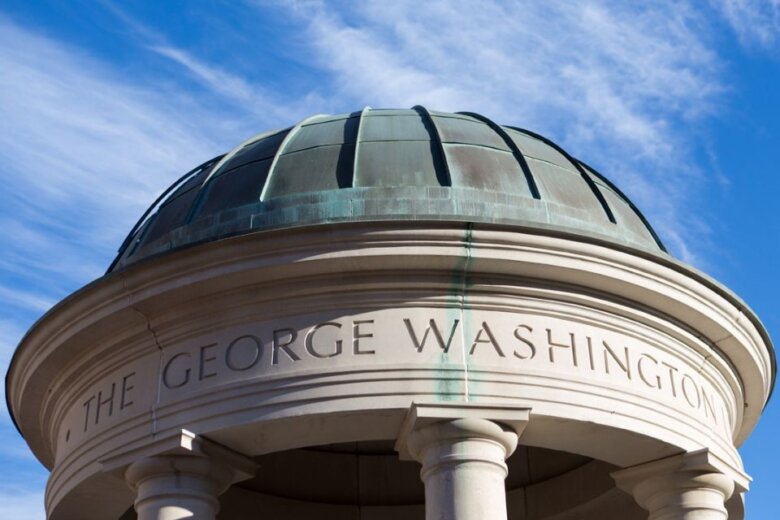
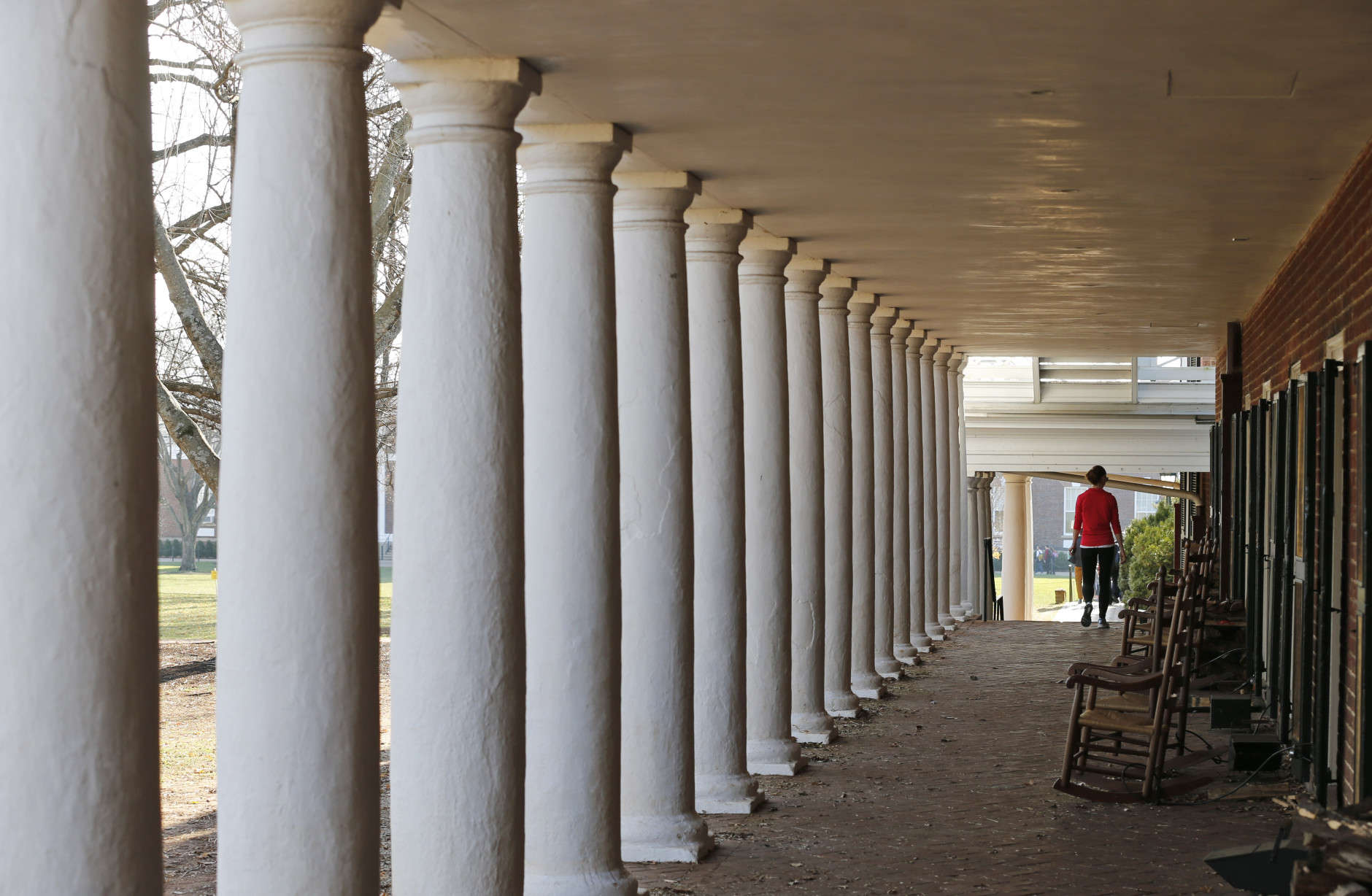
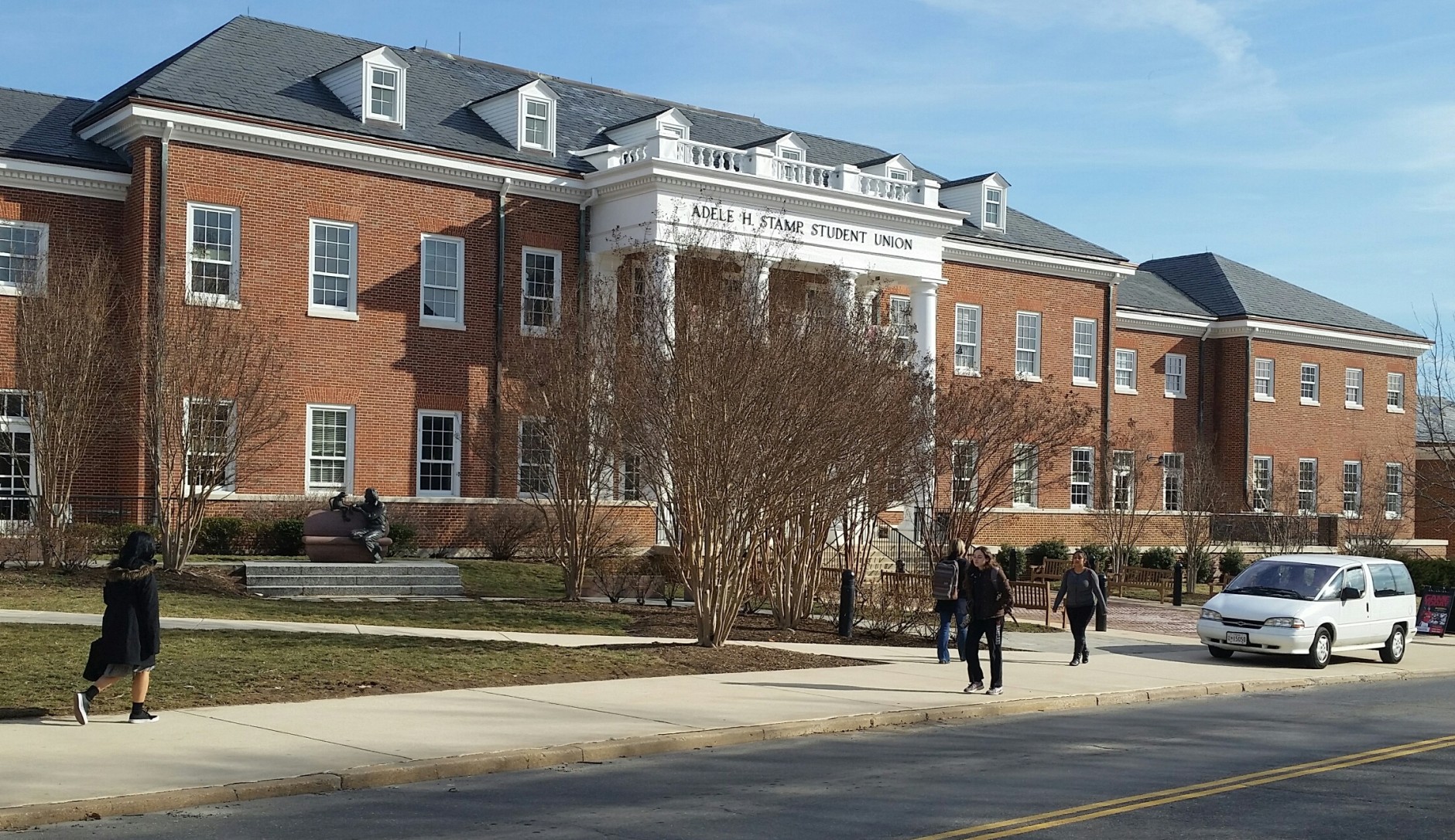
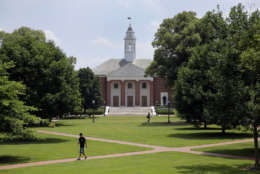
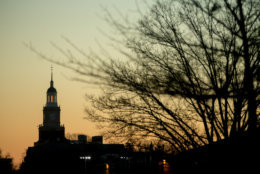
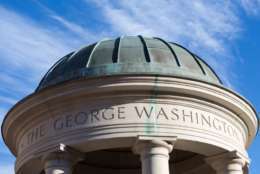
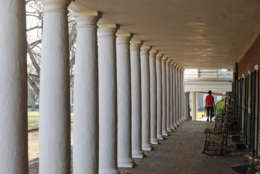
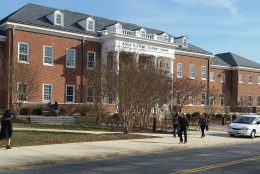
WASHINGTON — Class has just begun, but U.S. News & World Report has already issued its report card for the nation’s best colleges.
And some familiar local names are up near the head of the class.
Out of over 300 schools nationwide, Johns Hopkins University cracked the top 10 of best universities, an improvement over the No. 11 position last year. Georgetown University’s performance was also comparable to last year, although it did drop from 20th to 22nd overall this year.
Another area standout: The University of Virginia. It ranked 25th overall, and was ranked the third-best national public university.
Princeton University is this year’s summa cum laude, claiming the No. 1 spot nationwide. The rest of U.S. News’s top five are …
2. Harvard University
3. Columbia University
4. Massachusetts Institute of Technology
5. University of Chicago
Closer to home, Howard University placed 89th overall — a jump from its ranking of 110th last year.
The College of William & Mary ranked 38th overall, and both George Washington University and the University of Maryland tied for 63rd overall.
Among public liberal arts colleges nationally: The U.S. Naval Academy placed second. Virginia Military Institute placed fourth, and St. Mary’s College placed sixth.
Among public universities nationally: William & Mary placed 10th; the University of Maryland, No. 22; and Virginia Tech, No. 30.
Best universities regionally: Loyola University Maryland placed fifth and Gallaudet University placed 20th among universities in U.S. News’s north region. In the south region, James Madison University placed sixth.
This year, U.S. News modified its methodology with an indicator looking at social mobility — for example, a given school’s graduation rate for students who received a federal Pell grant. Such students generally come from households making less than $50,000 annually.
“We’ve been ranking colleges for over 30 years,” said Anita Narayan, managing editor of education at U.S. News. “… With time, education changes, and there are always better ways to measure academic excellence. This year, what we wanted to do was really increase what are known as ‘outcome measures’ in the methodology.”
So instead of 30 percent last year, 35 percent of a given U.S. News ranking is now based on outcomes like graduation and retention rates. Twenty percent is based on faculty resources; another 20 percent on expert opinion; 10 percent on financial resources; 10 percent on student excellence and; 5 percent on alumni giving.
The rankings, Narayan said, should be a considered a “jumping-off point” in creating a list of schools. U.S. News’s data on over 1,800 schools can help students narrow that list down, with information on such areas as tuition, academic life, student reviews and even post-graduate salaries.
She urged students to look beyond the top 20 ranked schools, which can’t accept everybody, and focus on institutions that best address what they want from a college experience.
“It’s a costly investment. It’s a hugely important one,” Narayan said. “At the end of the day, really, it’s about finding the right fit.”
WTOP’s Kristi King contributed to this report.




